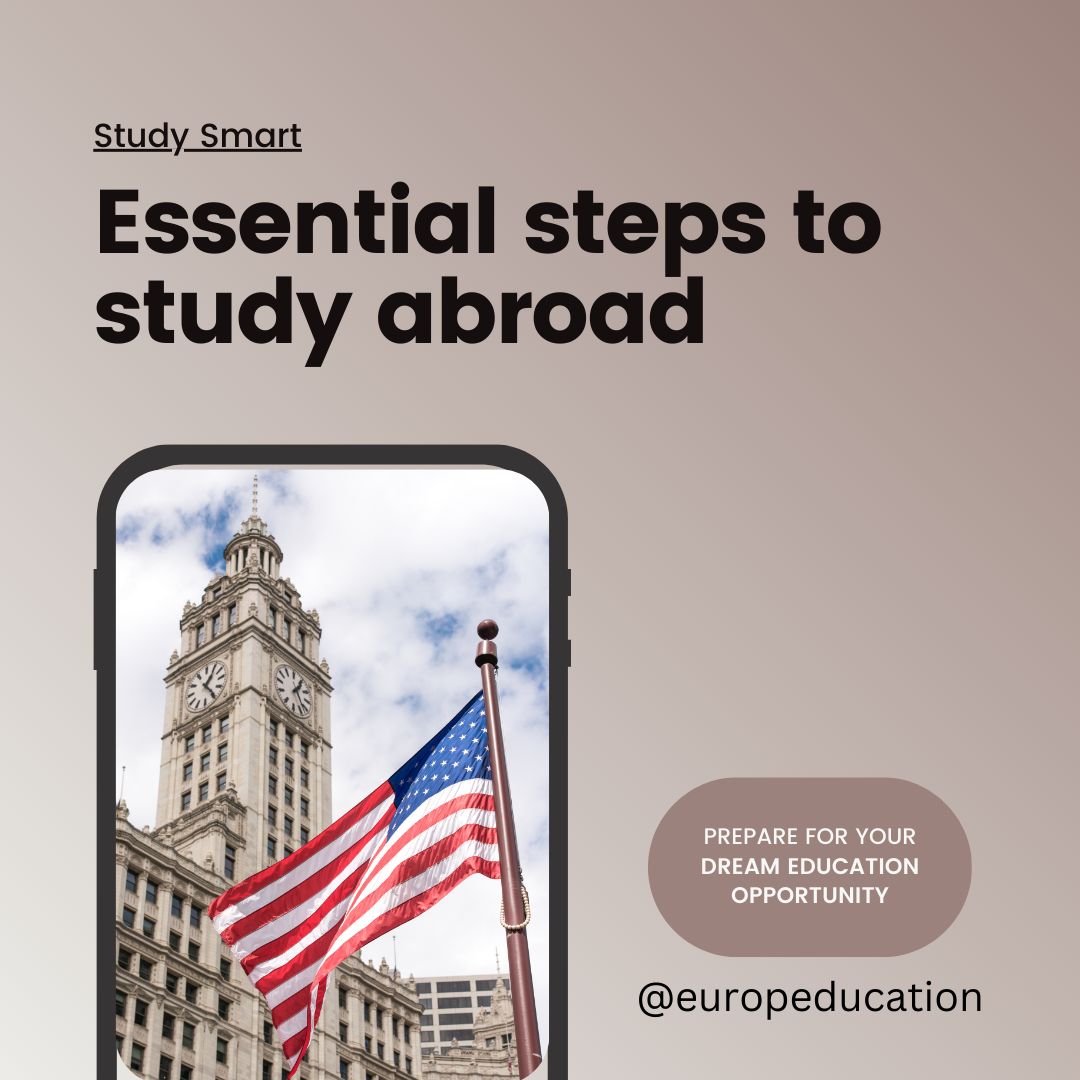Study Requirements for the USA?
The United States is one of the most sought-after destinations for international students. Its world-class universities, diverse cultural experience, and cutting-edge research opportunities attract students from across the globe. However, the process of studying in the USA involves meticulous planning and meeting a range of academic, financial, and administrative requirements. In this comprehensive guide, we will break down everything you need to know about the requirements to study in the USA.
1. Choosing the Right Institution and Program
Before applying, the first step is to choose a university or college and a program that aligns with your academic and career goals. The USA offers various programs in fields such as engineering, business, arts, and sciences. Factors to consider include:
- Accreditation: Ensure the institution is accredited by a recognized agency.
- Program Ranking: Research the global and national rankings of the program.
- Location: Consider the geographical location, climate, and living conditions.
- Costs: Tuition fees and living expenses vary widely depending on the institution and state.
Most universities have their own specific requirements, so thoroughly review their websites for detailed information.
2. Academic Requirements
Universities in the USA require applicants to meet certain academic standards, which differ based on the level of study:
Undergraduate Programs:
- High school diploma or equivalent.
- Transcripts showing strong academic performance.
- Standardized test scores such as the SAT or ACT (required by many institutions).
Graduate Programs:
- A bachelor’s degree or equivalent from a recognized institution.
- Academic transcripts.
- Standardized test scores such as the GRE or GMAT, depending on the program.
English Proficiency: For non-native English speakers, proficiency tests such as TOEFL or IELTS are mandatory. Each institution sets its own minimum score requirements.
3. Standardized Tests
Depending on your field of study and the institution, you may need to take standardized tests. Below are the most common ones:
- SAT (Scholastic Assessment Test): For undergraduate admissions.
- ACT (American College Testing): Alternative to the SAT for undergraduate admissions.
- GRE (Graduate Record Examination): Required for most graduate programs.
- GMAT (Graduate Management Admission Test): Required for business school programs such as MBA.
- LSAT (Law School Admission Test): Required for law school admissions.
- MCAT (Medical College Admission Test): Required for medical school admissions.
4. Financial Requirements
Studying in the USA can be expensive, so you need to demonstrate that you have the financial resources to cover tuition and living expenses. Here’s what you need:
- Bank Statements: Proof of sufficient funds in the form of recent bank statements.
- Affidavit of Support: If someone else is sponsoring your education, they must provide a legally certified affidavit of financial support.
- Scholarships and Financial Aid: Research and apply for scholarships, grants, and financial aid. Many universities offer funding opportunities for international students.
- Education Loans: Many students opt for educational loans to fund their studies.
5. Application Process
The application process for US universities involves multiple steps:
- Online Application: Most universities use platforms like the Common Application or their own portals.
- Personal Statement/Essays: Highlight your goals, achievements, and reasons for choosing the specific program.
- Letters of Recommendation: Typically from teachers, professors, or employers who can vouch for your abilities.
- Resume/CV: For graduate programs, a well-crafted resume outlining your academic and professional experiences is essential.
- Application Fees: Universities charge a non-refundable fee, usually ranging from $50 to $100.
6. Visa Requirements
To study in the USA, international students must obtain a student visa. The most common types are:
- F-1 Visa: For students enrolled in academic programs.
- M-1 Visa: For students enrolled in vocational or technical programs.
- J-1 Visa: For exchange programs.
The visa application process includes:
- Acceptance Letter: Secure an admission letter from a SEVP-approved school.
- SEVIS Fee: Pay the SEVIS (Student and Exchange Visitor Information System) fee.
- DS-160 Form: Complete the DS-160 visa application form online.
- Visa Interview: Schedule and attend an interview at the nearest US embassy or consulate.
- Supporting Documents: Provide documents such as:
- Passport valid for at least six months beyond your stay.
- Form I-20 or DS-2019 (issued by the institution).
- Financial proof.
- Academic transcripts and test scores.
7. Health and Insurance Requirements
US universities require international students to have adequate health insurance. Many institutions offer their own insurance plans, but you can also choose a private provider. Key requirements include:
- Proof of immunizations (e.g., MMR, Tetanus).
- Coverage for medical emergencies, hospitalization, and repatriation.
- Compliance with the Affordable Care Act (ACA) standards.
8. Accommodation and Living Arrangements
Housing is another critical aspect of studying in the USA. You can choose from:
- On-Campus Housing: Dormitories and residence halls are convenient and often include meal plans.
- Off-Campus Housing: Apartments or shared housing are common but require independent arrangements.
- Host Families: Some students opt to live with a host family for a more immersive cultural experience.
Plan your living arrangements early, as availability may be limited.
9. Cultural and Social Adaptation
Adjusting to a new culture can be challenging. To make the transition smoother:
- Attend orientation programs offered by the university.
- Join student clubs and organizations.
- Learn about US customs and etiquette.
- Build a network of peers and mentors.
10. Work Opportunities
International students on an F-1 visa can work part-time (up to 20 hours per week) during the academic term and full-time during breaks. Common options include:
- On-Campus Jobs: Library, cafeteria, or research assistant positions.
- Optional Practical Training (OPT): Post-completion work authorization related to your field of study.
- Curricular Practical Training (CPT): Internships or work experience integral to your curriculum.
11. Additional Tips for Success
- Start your application process at least 12-18 months before the intended start date.
- Keep track of deadlines for applications, tests, and visas.
- Consult an education counselor or mentor for personalized guidance.
- Stay updated on immigration policies and regulations.
Conclusion
Studying in the USA is a rewarding experience that requires careful preparation and adherence to specific requirements. From selecting the right institution to obtaining a student visa, each step is crucial to your success. By following this comprehensive guide, you can streamline the process and focus on achieving your academic and professional goals in the USA.
Embark on this exciting journey with confidence and determination, and the opportunities that await you in the USA will undoubtedly shape your future!



